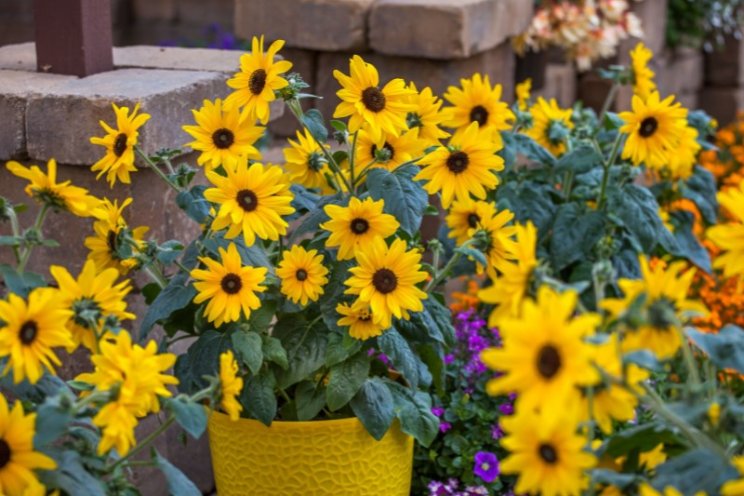Mimicking autumn in a lily greenhouse
Added on 22 February 2023

The project 'Knowledge Impulse Green Crop Protection - Vital Lily Cultivation' is investigating whether a one-way cultivation of lilies is possible. For this, lilies are grown in the greenhouse and propagated under optimal conditions (temperature, light, nutrition), regardless of the season. Due to these optimal conditions, the bulbs do not senesce, which leads to some problems in a subsequent cropping cycle. This means that ripening must be stimulated, the bulb goes into rest, for example by imitating autumn. The bulb needs this period to continue growing.
WUR investigated various methods for ripening the bulbs: adjusting the climate (shorter days, growing cooler), causing stress (by placing the plants in a cold store or by crushing them) and hormone spraying. Finding the right strategy is an important step in making lily cultivation more sustainable.
Photo Courtesy of Wageningen University & Research
More news















